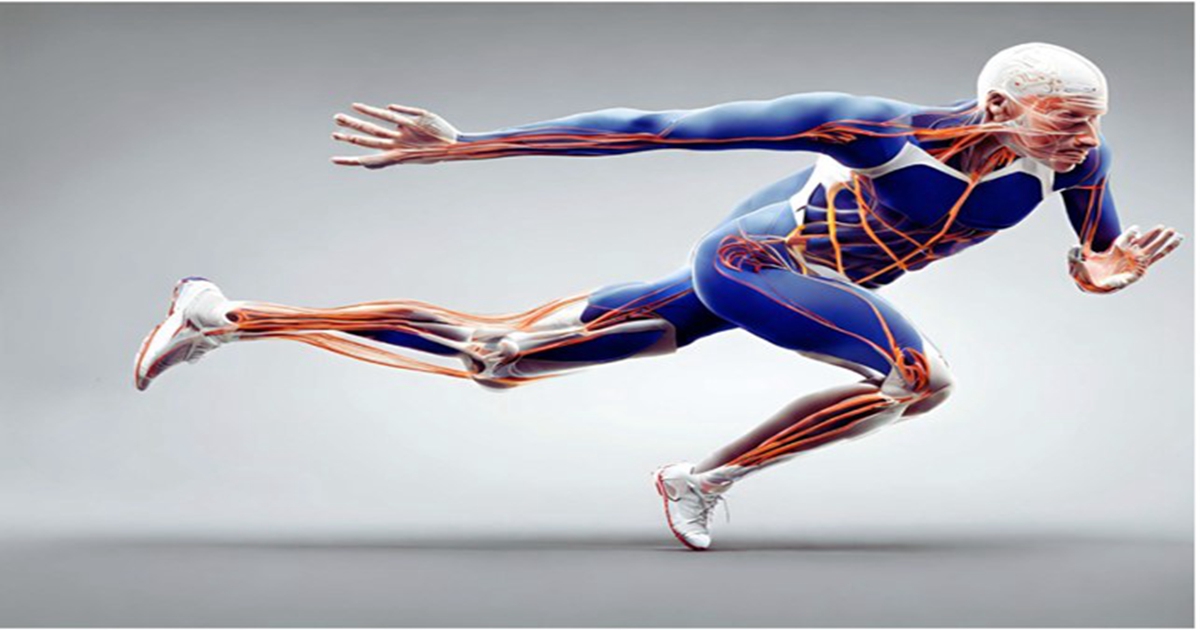Advances in the Biomechanics of Sports
A special issue of Applied Sciences (ISSN 2076-3417). This special issue belongs to the section "Applied Biosciences and Bioengineering".
Deadline for manuscript submissions: closed (20 June 2025) | Viewed by 60134

Special Issue Editor
Interests: biomechanical risk factors and mechanisms of sports and exercise injury; kinetic quantification of plyometric and other resistance exercise; neuromuscular responses and adaptations to resistance training; biomechanics teaching pedagogy
Special Issues, Collections and Topics in MDPI journals
Special Issue Information
Dear Colleagues,
You are invited to submit a paper to this Special Issue on advances in the biomechanics of sports.
Sports and performance coaches, athletes, and medical personnel, such as athletic trainers and sports medicine physicians, increasingly rely on evidence-based information to inform their practice. Biomechanics is at the forefront of sports science and sports medicine research. Biomechanical principles can inform about and lead to preferential sporting techniques, improved training methods, better rehabilitation programs, safer equipment, and advancements in medical procedures.
In this Special Issue, submissions of contemporary research related to all aspects of sports biomechanics are invited. Possible topic areas broadly include the biomechanics of sports performance, strength and conditioning, and sports injury. Both experimental studies and review papers, including critically appraised topics, are welcome. We look forward to receiving your submissions.
With best regards,
Dr. Brian Wallace
Guest Editor
Manuscript Submission Information
Manuscripts should be submitted online at www.mdpi.com by registering and logging in to this website. Once you are registered, click here to go to the submission form. Manuscripts can be submitted until the deadline. All submissions that pass pre-check are peer-reviewed. Accepted papers will be published continuously in the journal (as soon as accepted) and will be listed together on the special issue website. Research articles, review articles as well as short communications are invited. For planned papers, a title and short abstract (about 250 words) can be sent to the Editorial Office for assessment.
Submitted manuscripts should not have been published previously, nor be under consideration for publication elsewhere (except conference proceedings papers). All manuscripts are thoroughly refereed through a single-blind peer-review process. A guide for authors and other relevant information for submission of manuscripts is available on the Instructions for Authors page. Applied Sciences is an international peer-reviewed open access semimonthly journal published by MDPI.
Please visit the Instructions for Authors page before submitting a manuscript. The Article Processing Charge (APC) for publication in this open access journal is 2400 CHF (Swiss Francs). Submitted papers should be well formatted and use good English. Authors may use MDPI's English editing service prior to publication or during author revisions.
Keywords
- injury
- rehabilitation
- sports training
- brain injury
- strength and conditioning
- performance
Benefits of Publishing in a Special Issue
- Ease of navigation: Grouping papers by topic helps scholars navigate broad scope journals more efficiently.
- Greater discoverability: Special Issues support the reach and impact of scientific research. Articles in Special Issues are more discoverable and cited more frequently.
- Expansion of research network: Special Issues facilitate connections among authors, fostering scientific collaborations.
- External promotion: Articles in Special Issues are often promoted through the journal's social media, increasing their visibility.
- Reprint: MDPI Books provides the opportunity to republish successful Special Issues in book format, both online and in print.
Further information on MDPI's Special Issue policies can be found here.





